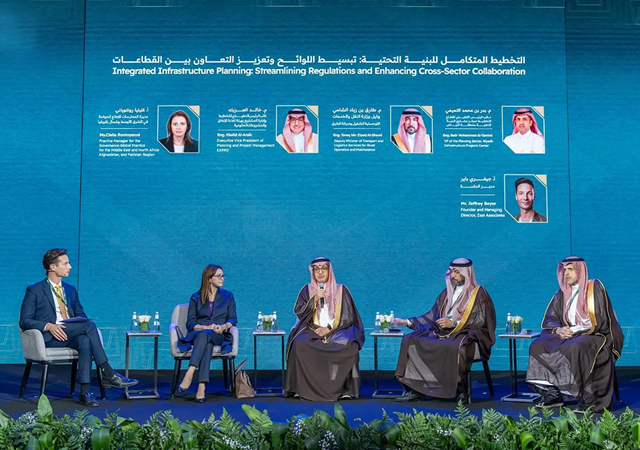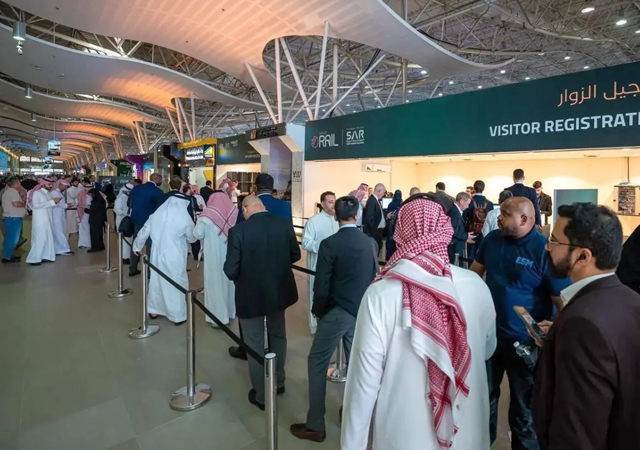
 Ferrari World Theme Park, Abu Dhabi ... roof-structure designed with Dlubal statics software.
Ferrari World Theme Park, Abu Dhabi ... roof-structure designed with Dlubal statics software.
WHEN a structure is stressed by dynamic forces such as impact, braking, machine vibrations and equivalent seismic loads, a structural analysis in itself is not sufficient to determine the loads it is subjected to, says Dlubal Engineering, which is looking to promote its user-friendly software solutions in the Gulf.
The leading Germany-based software specialist offers advanced solutions to determine these loads. Since its beginnings in 1987, Dlubal has been involved in the development of user-friendly and powerful programs for structural and dynamic analysis.
Its RSTAB software was used in designing the Mero roof structure of the Ferrari World Theme Park in Abu Dhabi, UAE.
Elaborating on its software solutions, a spokesman for the company says: “Dlubal offers its 3D programmes RSTAB or RFEM (recursive finite element method) for frameworks and the finite element method with the add-on module Dynam, provide a solution to perform a dynamic analysis.
“RSTAB is an analysis package tailored especially for framed structures made of various materials like steel, timber, concrete or aluminium. It can handle all types of cross-sections, a wide range of international design codes and is the best choice for small and large analysis models. It includes linear and non-linear beam elements, cables, and advanced analytical techniques as well as large deformation or buckling analysis.
 |
“RFEM is used as a basic software system to determine internal forces, deformations, support reactions and stresses of plates, shells, solids, frameworks or composite structures.
“Dynam uses the data defined for the RFEM/RSTAB model, eliminating the need to transfer data. In addition, it is possible to import nodal, line and surface loads directly from RSTAB or RFEM to the add-on module. Using the imported data, Dynam can appropriately represent the mass distribution within the structure. Furthermore, it allows calculation of up to 1,000 eigenvibrations and shows the results of the eigenvalues, eigenfrequencies and eigenperiods in tables.
“The determined eigenmodes represent the basis for further dynamic designs such as the analysis of external excitations acting on the structure.”
Dynam provides two methods of calculation: the time history and the response spectrum analyses.
The time history method is used to analyse external excitations, for example impact or shock loads, machine loads, crash simulations and step frequencies for pedestrian bridges and earthquakes. The excitation functions can be defined in the add-on module by time histories of forces or moments, by accelerations (accelerogram) or by harmonic functions.
The response spectrum analysis is the most frequently used method when measuring the magnitude of earthquakes. It is not based on standards, and thus it can be applied everywhere. It is possible to import response spectra from the library and to create new ones which can be saved for later use.
“The Dynam library currently provides more than 1,000 accelerograms to generate response spectra taking into account viscose damping. This database can also be extended manually,” he says.
Dynam can also be used to generate the equivalent lateral loads for earthquakes according to the multi-modal response spectrum method using DIN 4149:2005-04, DIN 4149:1981-04, EN 1998-1:2004-11, ENV 1998-1-1:1994, IBC 2000 and IBC 2009-ASCE/SEI 7-05 standards.
Dlubal programmes an essential tool for anyone involved in the areas of static, dynamics and design, providing value for money and are backed by after-sales service, says the spokesman.









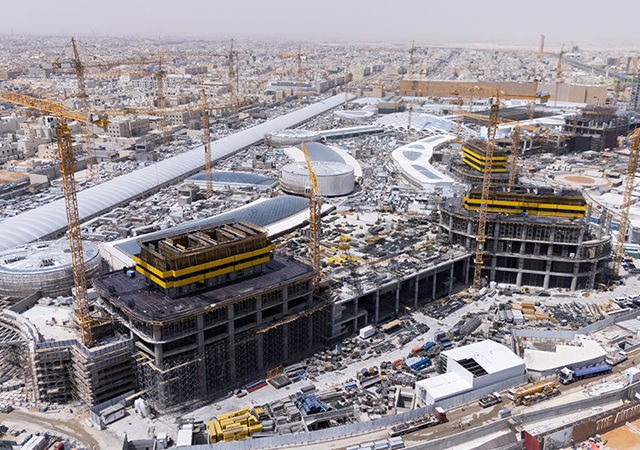
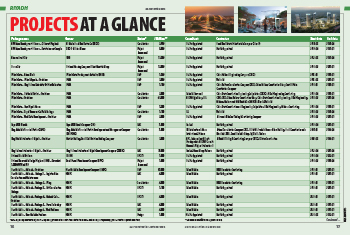
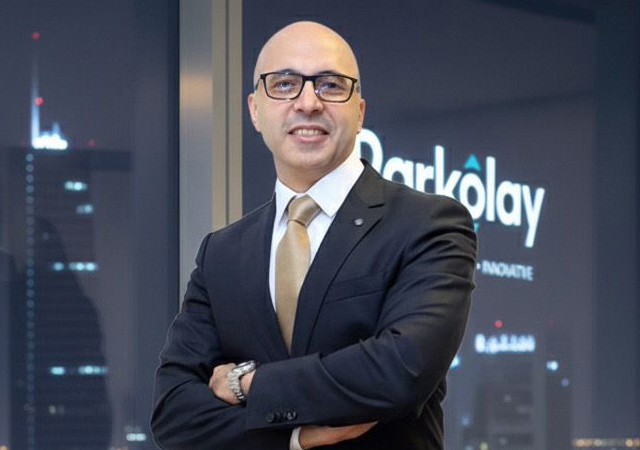



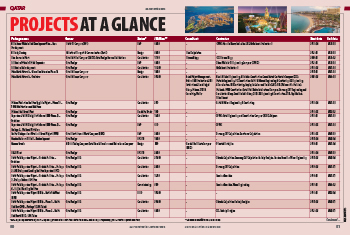
.jpg)
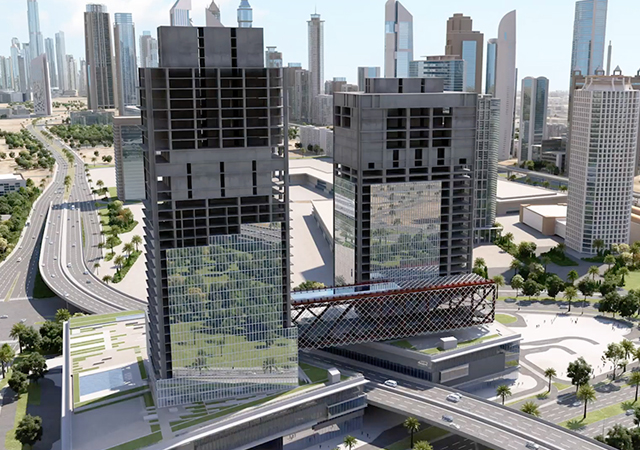
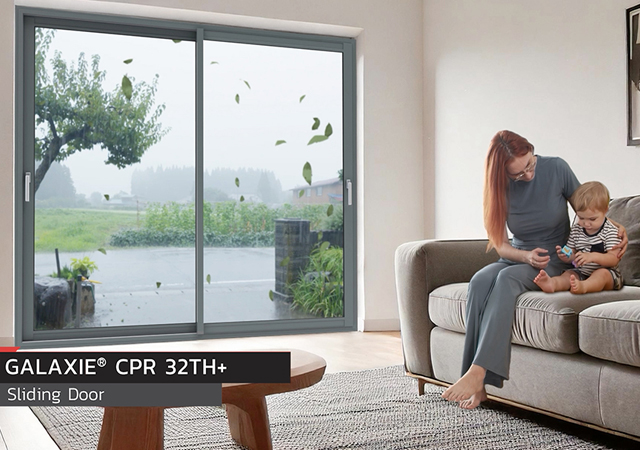



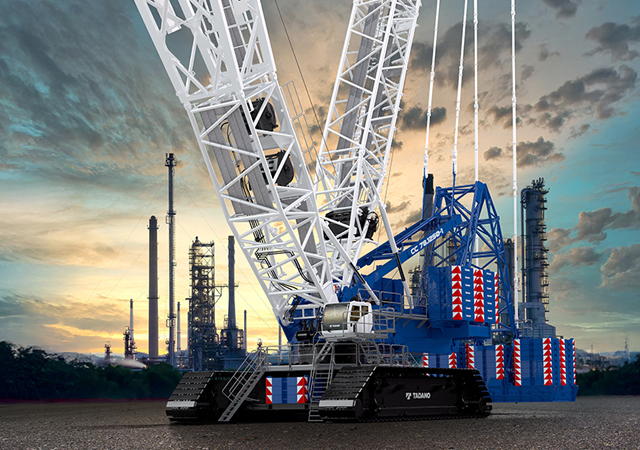


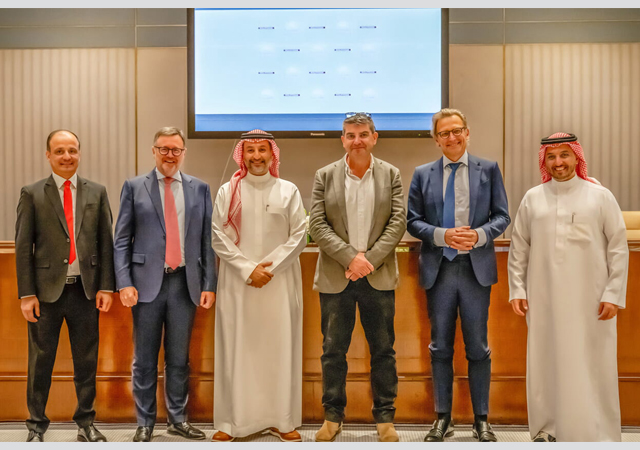



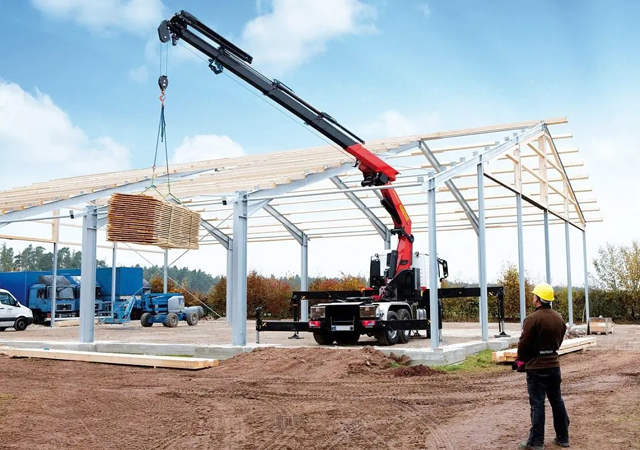
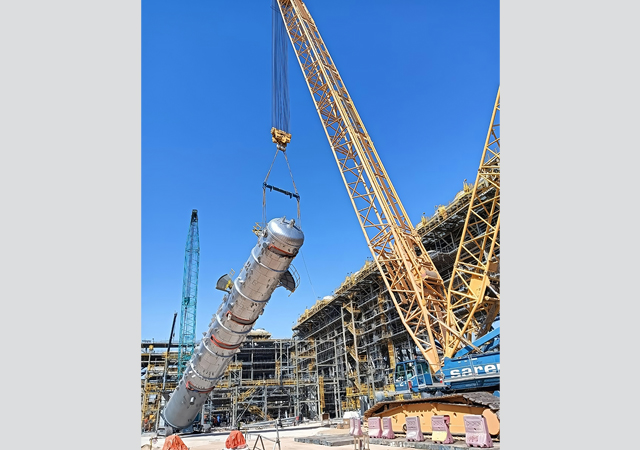
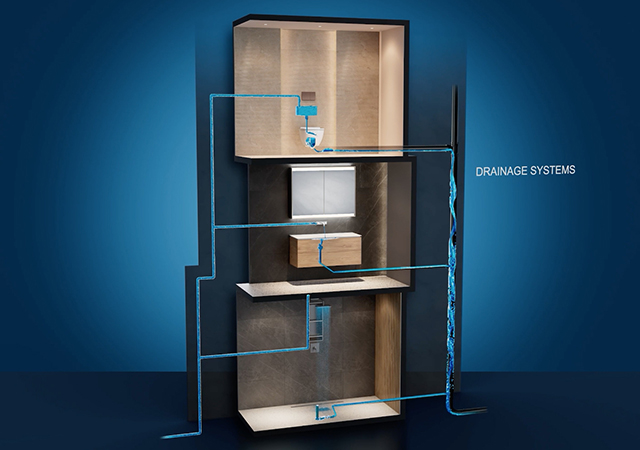
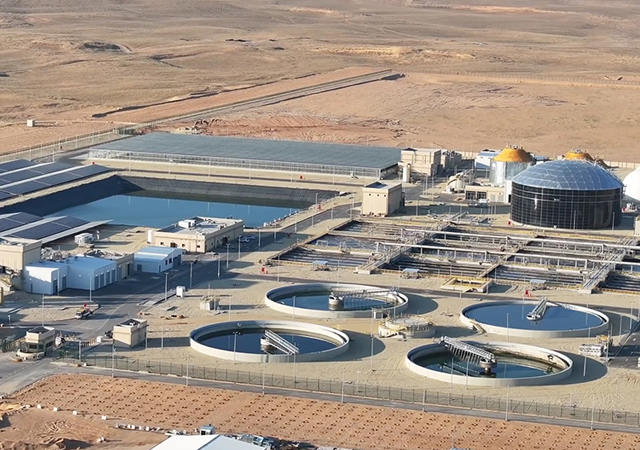

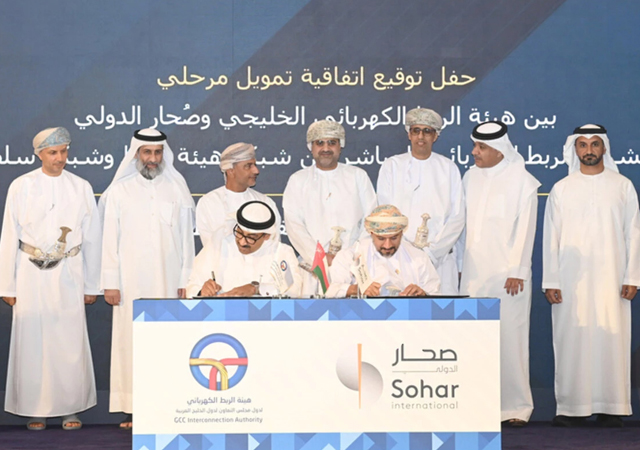

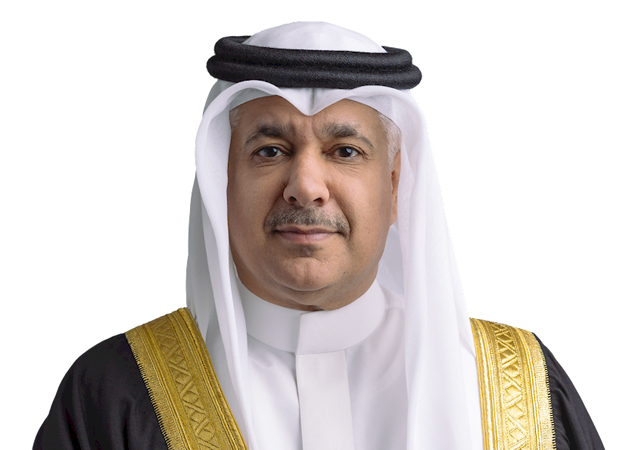
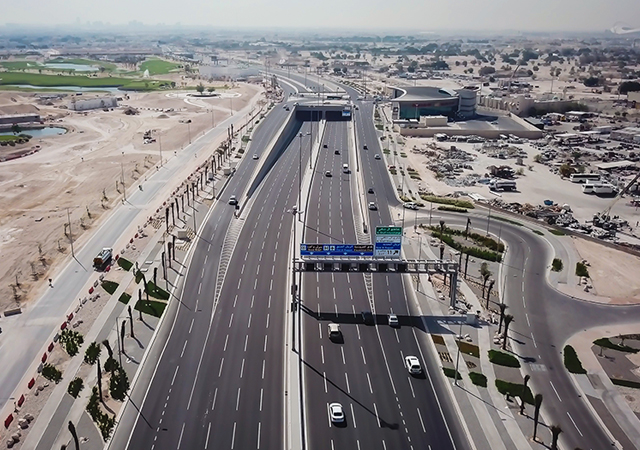




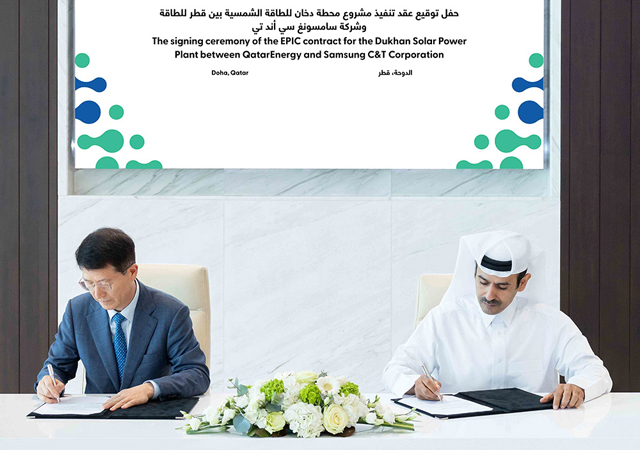
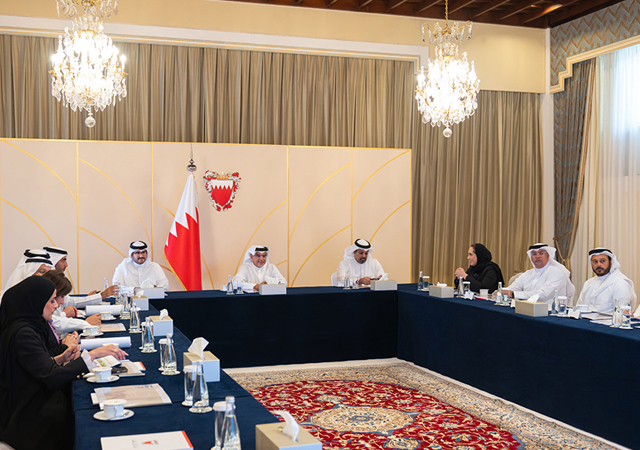




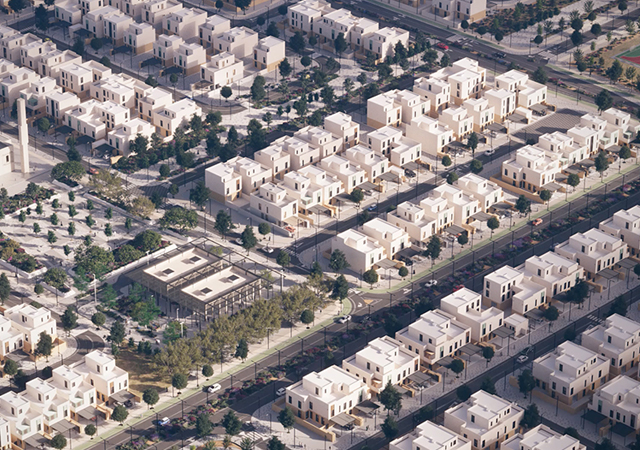
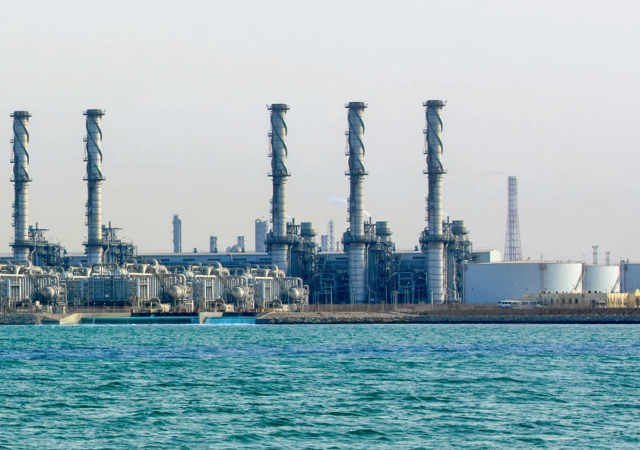



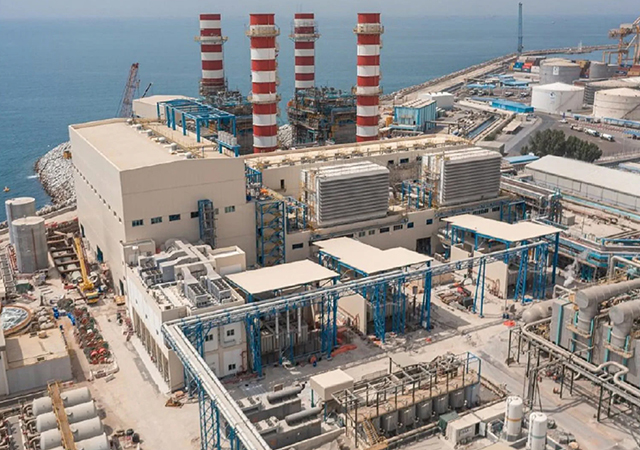






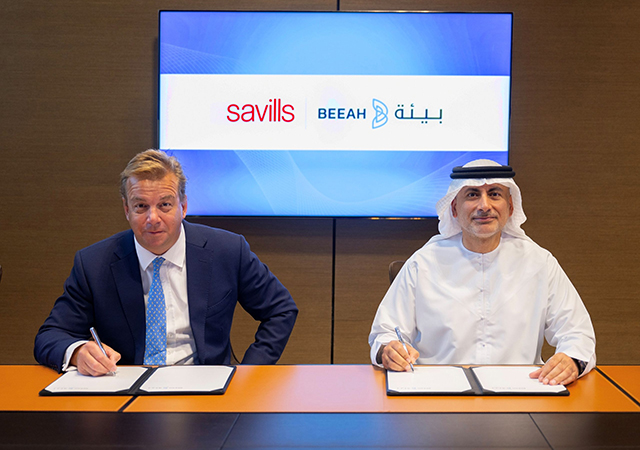








.jpg)

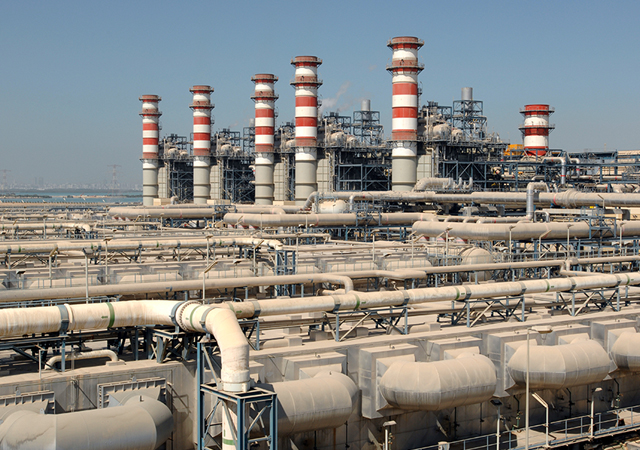

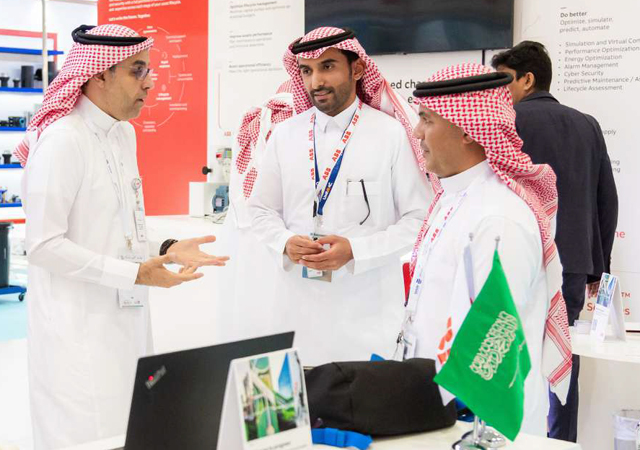
.jpg)


